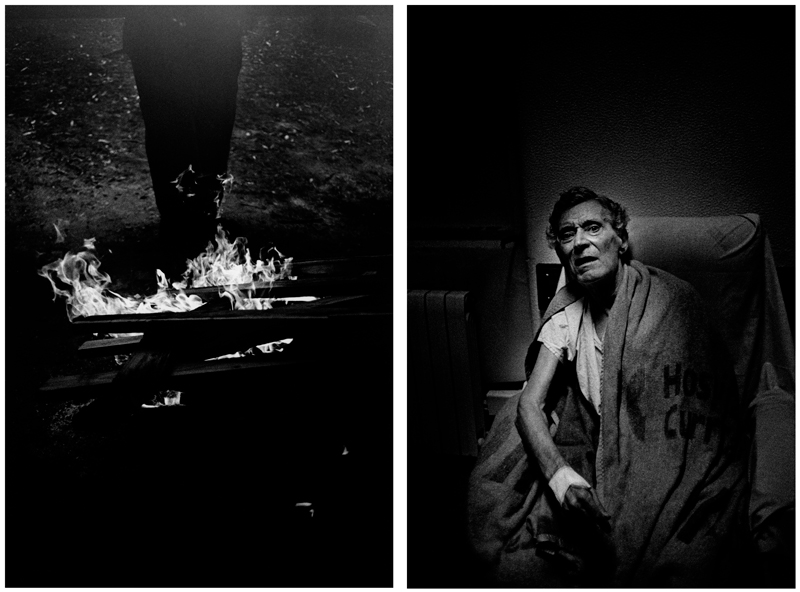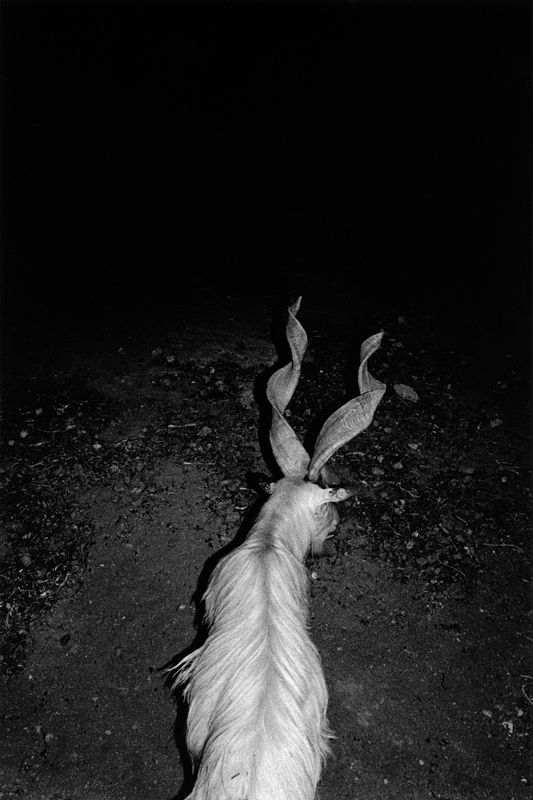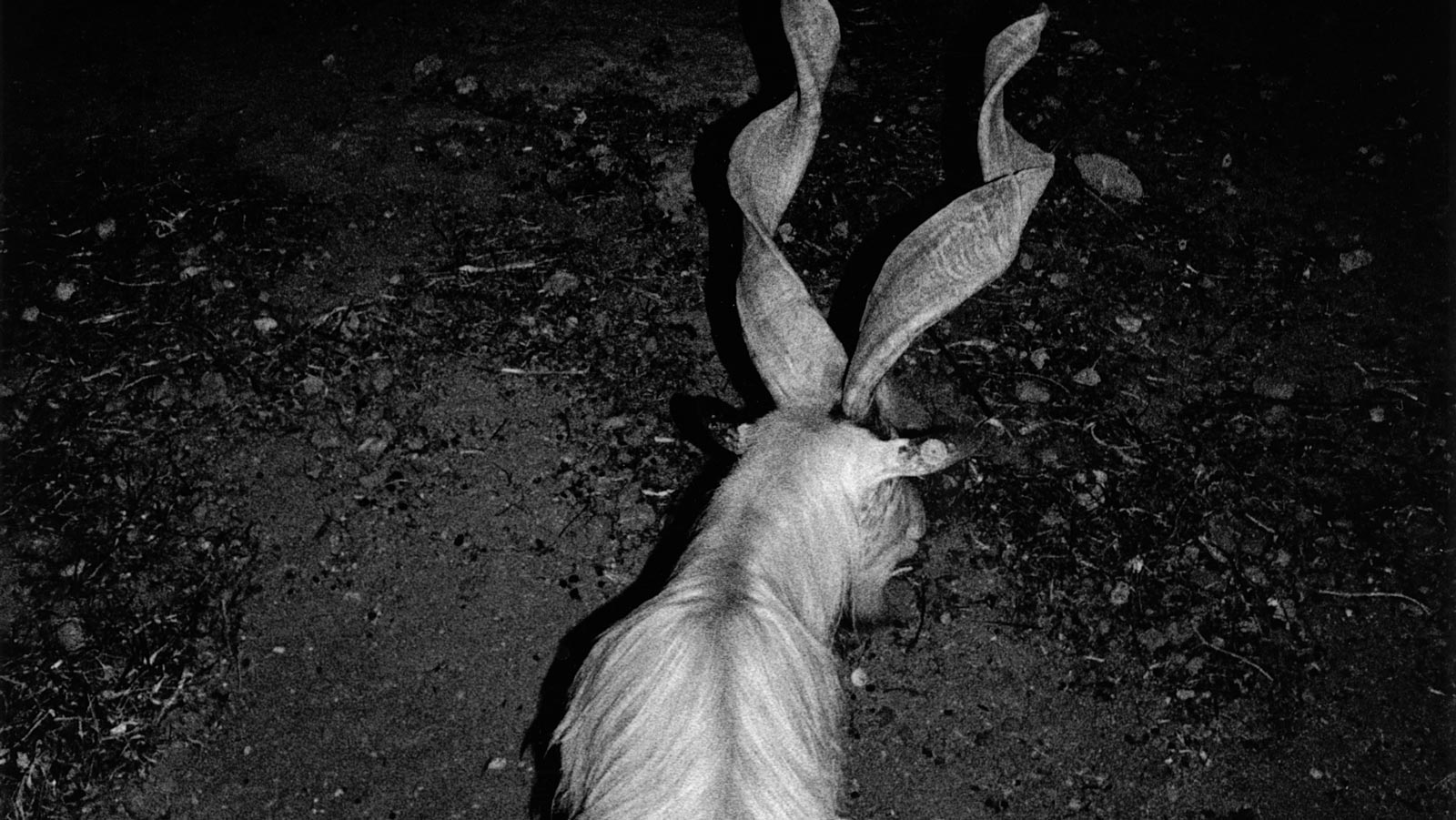New works by Paulo Nozolino
Paulo Nozolino is one of the best-known figures in contemporary photography. His international career began in the 1970s in London, the city where he lived and studied, at London College of Printing. In the late 1980s, and the decade that followed, he settled in Paris, regularly travelling to the Arab world and the rest of Europe, after the fall of the Berlin wall.
His travel photography is neither reportage or documentary. He uses a Leica, he shoots in black and white, in analogue, resistant to the violence of progress, to dependence on technologies, to digital, to acceleration.
The works Penumbra (Half-light)—a collection of photographs taken in Arab countries including Egypt, Syria, Morocco, Yemen, Mauritania, Jordan and Libya—and Solo—a series of photographs taken over a period of 15 years in Europe—demonstrate his political concerns, critical of the way society is evolving.

After a retrospective at the Maison européenne de la photographie, with the title Nada (Nothing), he returned to Portugal in 2002. He was invited to hold a new retrospective—Far Cry—at the Museu de Serralves in Porto, in 2005, which was the first exhibition of the work of a Portuguese contemporary photographer at that venue. The same year he was awarded the 3rd National Photography Award.
Paulo Nozolino belongs to a group of artists of rigour, who are demanding and reductive, who dig in reality down to the bare bones. Le reste est ombre (The rest is shadow) is the title of a recent exhibition at the Centre Pompidou, in Paris, 2022, where he participated with Pedro Costa and Rui Chafes.
Paulo Nozolino sees his photography work as a ‘proof of life’. History, decadence, purity, eternity, ruin, scars, death and time are just some of the words evoked by his images. His work forces us to see, to see reality in dialogue with conscience. As the artist says: ‘my photos are like a knife in water. They might not change the world, but they are pinpricks to keep us awake. (…) photography is my only way of fighting against forgetting, my way of being alive and the only thing I have to give.’

Returning to the essence of his choices, there is no colour in this work and there never has been. The truth and inclemency of the images sit on this spectrum of reduction to the essentials.
In 2022, the CAM acquired two works by Nozolino for its Collection: Agrigento and Obs.1. Agrigento is a photograph born of chance, in the fleeting moment of an animal passing by. The goat appeared to the artist in the Sicilian night like an apparition, with its symbolic and luminous meaning of resistance and spirituality, cutting through the dark.
Obs.1 is a work in two parts, torn apart by opposing tensions. Paulo Nozolino uses a figure from classical rhetoric, similar to the idea of the oxymoron, to create a diptych between life and death. On the left, the outline of light and energy in the purifying lines of the fire, behind which the shape of a figure stands; on the right, his father, in the final image he took of him, in hospital, with the aura of another light, very near to death. Obs.1 complements the work Obs.5, acquired in 2009, a diptych in which the artist portrays the end of his mother’s life.

